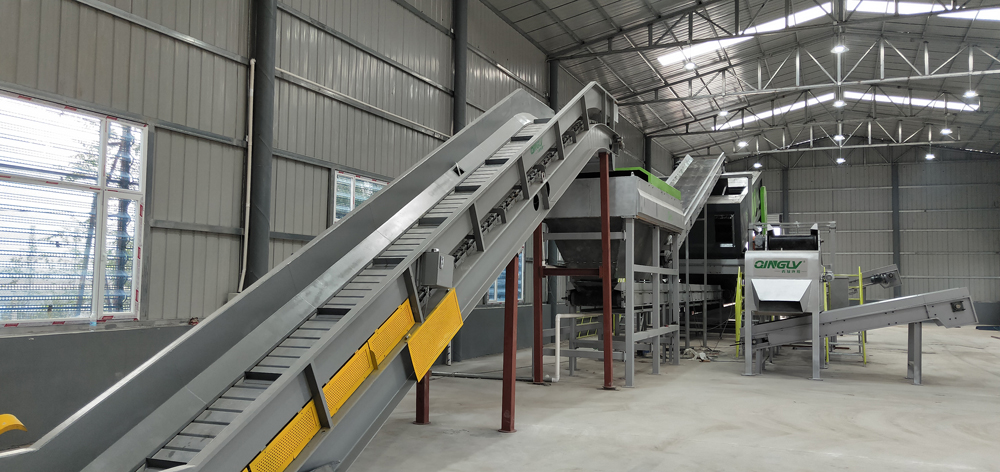 Time:2024-12-09
Time:2024-12-09
 Source:青绿环境
Source:青绿环境
Translation: The comprehensive sorting and resourceful recycling of household waste have become an important part of modern urban management. Through high-tech comprehensive sorting equipment for household waste, we can achieve effective waste classification and resource utilization.

1. Waste Collection and Preliminary Sorting
Household waste begins to be sorted at the household and community level, divided into recyclables, hazardous waste, wet waste, and dry waste. This step lays the foundation for subsequent processing.
2. Waste Transportation and Compression
The preliminarily sorted waste is transported to transfer stations by dedicated garbage trucks, where it undergoes compression treatment during transportation to improve efficiency and reduce environmental pollution.
3. Preliminary Treatment at Transfer Stations
At the transfer stations, waste goes through further sorting and weighing. Advanced transfer stations may also use automated equipment for fine sorting, such as magnetic separation for metals and air separation for lightweight plastics.
4. Refined Sorting at Terminal Treatment Plants
The pre-treated waste is transported to terminal treatment plants for more refined sorting. A variety of innovative screening equipment, such as multi-angled disc动力 screens, air separation, magnetic separation, AI intelligent sorting, etc., is used to separate renewable resources from household waste, such as metals, plastics, and organic kitchen waste.
5. Resource Recycling and Utilization
The sorted resources undergo corresponding treatments. For example, plastic bottles and other plastic products are recycled into PE pellets; metals are recovered through smelting; organic kitchen waste is used for composting or soil improvement; combustible lightweight materials like waste plastics and paper are prepared into RDF/SRF alternative fuels, replacing traditional fossil fuels.
This entire process not only achieves effective classification of household waste but also greatly increases the recycling rate of resources, making a significant contribution to the sustainable development of cities.













 Prev
Prev











